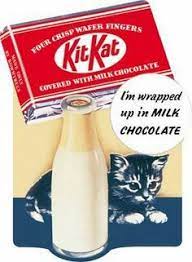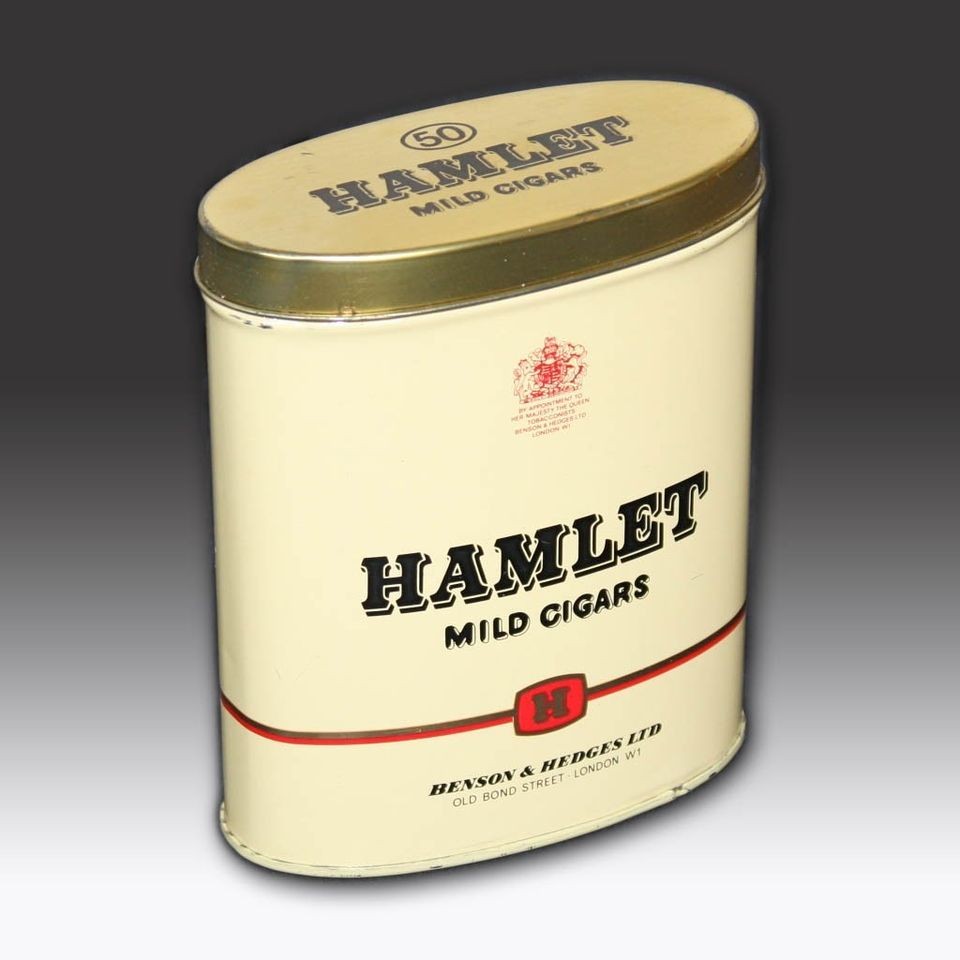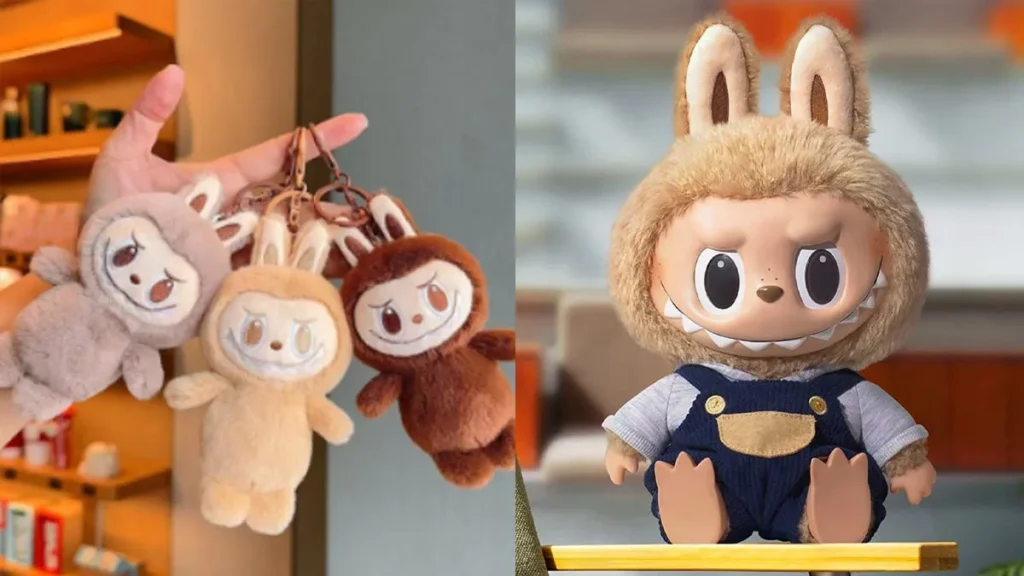Unforgotten Brands: KitKat

Kit Kat is the world’s most iconic chocolate-covered wafer bars. It’s a symbol of both nostalgia and innovation in snacking.
The story of KitKat reaches back further than most would expect — to 18th-century England. Around the late 1690s, a pastry cook named Christopher Cat gained popularity for his mutton pies served in his shop near Temple Bar, London. These pies became the centrepiece at gatherings of prominent Whig politicians and literary minds.
The group became known as the Kit-Cat Club, a name formed by merging Christopher’s nickname “Kit” with his surname. Their meetings, which continued into the 1720s, laid the foundation for what would eventually inspire the name of one of the world’s most famous chocolate bars.
From Worker’s Idea to Candy Aisles: The Official Launch
Fast-forward to 1930s York, England. At Rowntree’s confectionery factory, a worker suggested creating a snack-sized chocolate bar that would be easy to include in a working man’s lunch. This idea led to a bar of four crisp wafer fingers covered in milk chocolate—compact, convenient, and perfect for a midday break.
First introduced in 1935 as the “Rowntree’s Chocolate Crisp,” the bar was soon rebranded in 1937 to “KitKat Chocolate Crisp,” paying homage to the 18th-century club. By 1945, the name was simplified to just KitKat, as it quickly became Rowntree’s flagship product.

A Wartime Twist: KitKat During WWII
World War II brought dramatic changes to KitKat. Due to a shortage of milk, Rowntree had to modify the recipe, switching to dark chocolate, changing the packaging, and changing the iconic red wrapper to blue to indicate the temporary change.
From 1942 to 1947, this wartime version of KitKat kept the product alive through difficult times. Once the war ended and milk supplies stabilised, the original milk chocolate formula and red wrapper returned.
The Slogan That Stuck: “Have a Break, Have a KitKat”



In 1957, KitKat received a marketing makeover that would define its identity for decades. The London office of advertising firm J. Walter Thompson came up with the phrase “Have a break… have a KitKat.” Created by copywriter Donald Gilles, the slogan emphasised the bar as the perfect companion for short work breaks.
The campaign debuted on British television, featuring office workers enjoying KitKats during tea breaks. The tagline resonated with workers across the UK and eventually became a global slogan, retained even after Nestlé acquired Rowntree’s in 1988.

To know more about the advertising, visit https://onlykutts.com/index.php/2021/10/19/have-a-break-have-a-kit-kat/
The Iconic Silver Foil Era
Between 1935 and 2001, KitKat bars were known for their distinctive silver foil inner wrapping paired with a red-and-white paper sleeve. This packaging preserved the crispness of the wafers and became an iconic part of the KitKat experience.
However, in 2001, Nestlé transitioned to a more modern plastic flow wrap, phasing out the dual-layered wrap for individually sold bars, sparking nostalgia among long-time fans.
A Tale of Two Chocolatiers: Licensing in the U.S.
While Nestlé owns and produces KitKat globally, the United States is an exception. Since 1970, American chocolate company Hershey has held exclusive rights to manufacture and distribute KitKat within the U.S. under a licensing agreement that has lasted over five decades.
As a result, American KitKats differ slightly from their international counterparts in texture and taste due to differences in ingredient sourcing and manufacturing methods.
Global Flavours and Cultural Fusion: KitKat in Japan

Faced with declining sales in Western markets during the early 2000s, mainly due to the rise of low-carb diets, Nestlé diversified the product line with low-sugar and dark chocolate variants. But it was in Japan that KitKat truly transformed into a cultural phenomenon.
In 2000, Nestlé Japan started rolling out regional and seasonal flavours tailored to local palates. These included:
- Matcha Green Tea in Kyoto
- Hojicha (roasted tea) in Kyushu
- Sake-infused KitKats in wine-producing areas
By 2024, Japan had released over 300 unique KitKat varieties, ranging from fruit flavours like strawberry and melon to bold and adventurous options like wasabi, soy sauce, and pickled plums.
Reference
https://en.wikipedia.org/wiki/Kit_Kat


